Istanbul’s European side holds centuries of stories within its ancient neighborhoods, each quarter carrying the weight of empires and the energy of modern life. These historic districts have witnessed the rise and fall of Byzantine emperors, Ottoman sultans, and countless generations of ordinary people who called these cobblestone streets home. Walking through these areas today feels like stepping through layers of time, where medieval walls stand next to trendy cafés and centuries-old mosques share space with contemporary art galleries.
The city’s European quarters showcase how history doesn’t just live in museums — it breathes through everyday life. Here is a list of 16 historic quarters that define Istanbul’s European side and continue to shape the city’s character today.
Sultanahmet
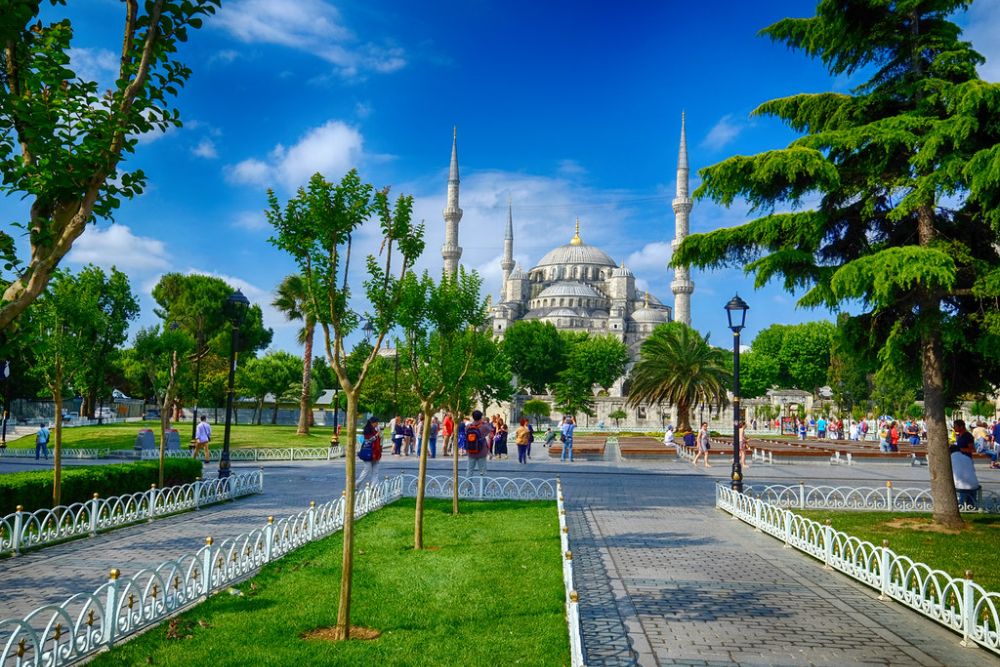
Sultanahmet serves as Istanbul’s crown jewel, where the city’s most iconic landmarks create a living museum of Byzantine and Ottoman glory. The Blue Mosque and Hagia Sophia face each other like ancient rivals, while the Topkapi Palace spreads across the hillside where sultans once ruled three continents.
This quarter feels like walking through a history textbook, except the pages are made of stone and the stories echo from every corner. Tourist crowds might make it feel overwhelming at times, but early morning walks reveal the peaceful dignity that made this area the heart of two great empires.
Galata
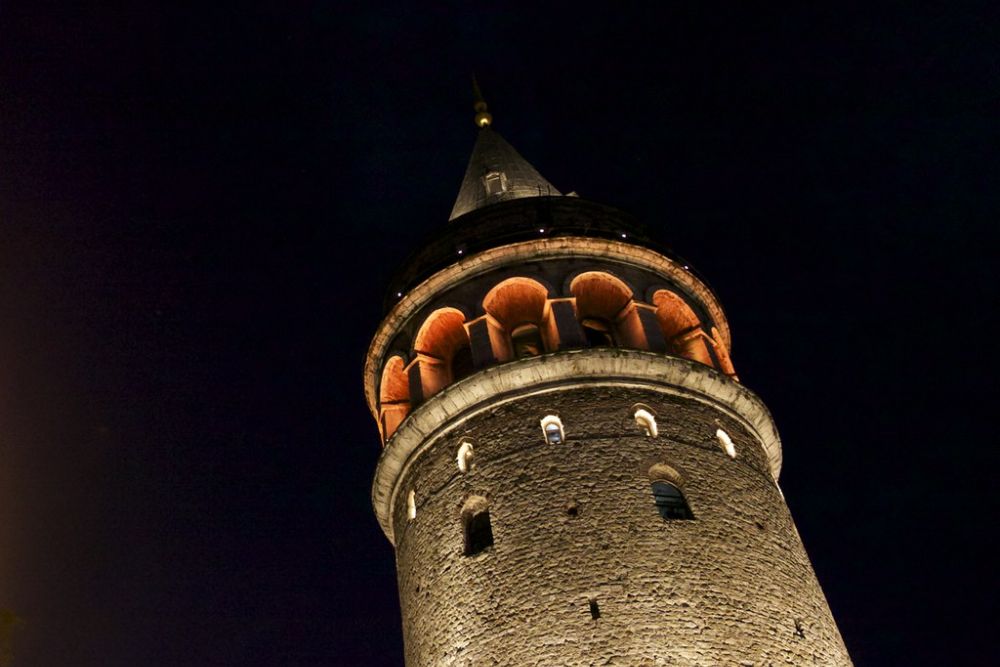
Galata rises from the Golden Horn like a medieval fortress, crowned by its famous tower that has watched over the city for more than 650 years. This former Genoese trading post still carries the spirit of international commerce, though today’s merchants sell everything from vintage records to handmade crafts instead of silk and spices.
The narrow streets climb steeply upward, creating a neighborhood that feels distinctly European yet unmistakably Istanbul. Climbing the Galata Tower offers views that explain why this spot has been strategically important for centuries — you can see the entire city spread out like a map below.
Like Travel Pug’s content? Follow us on MSN.
Beyoğlu

Beyoğlu pulses with the energy of Istanbul’s most cosmopolitan district, where grand 19th-century buildings house everything from traditional Turkish baths to cutting-edge galleries. The famous Istiklal Street cuts through the heart of this quarter like a river of humanity, carrying locals and visitors past historic churches, vintage cinemas, and street musicians.
This area became the ‘European quarter’ during Ottoman times, and that international flavor still defines its character today. The architecture tells the story of a neighborhood that has always looked toward Europe while keeping one foot firmly planted in Asian traditions.
Karaköy
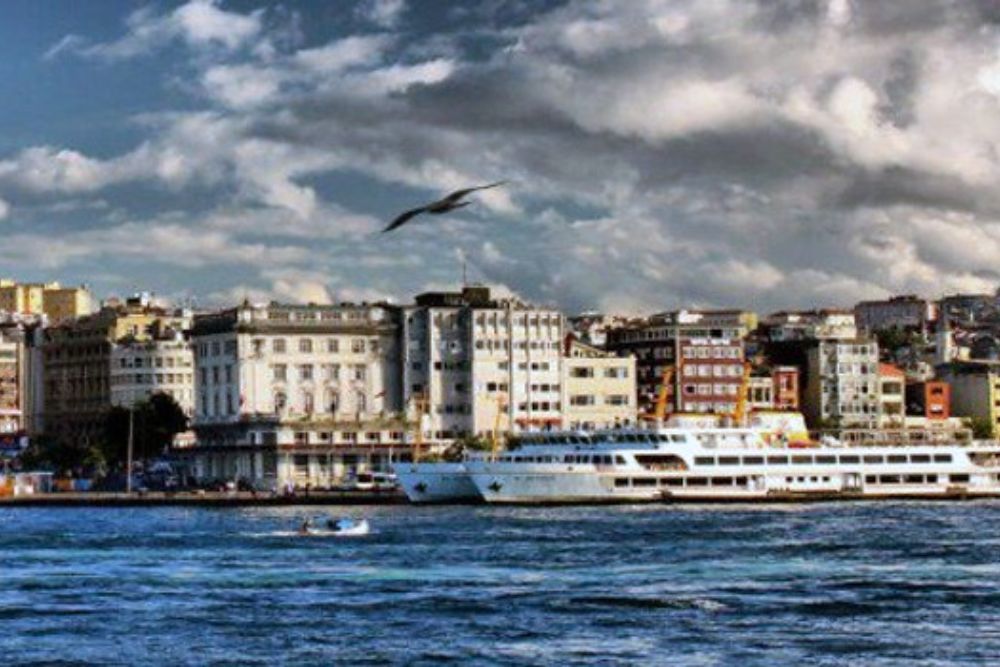
Karaköy has transformed from a gritty port district into one of Istanbul’s hippest neighborhoods, proving that waterfront areas never really lose their appeal. The old Galata Bridge connects this quarter to the historic peninsula, making it a natural crossing point between old and new Istanbul. Former warehouses and industrial buildings now house design studios, craft coffee shops, and restaurants that attract both locals and international visitors.
The transformation happened gradually over the past decade, turning what was once a purely commercial district into a place where people actually want to live and spend time.
Fener
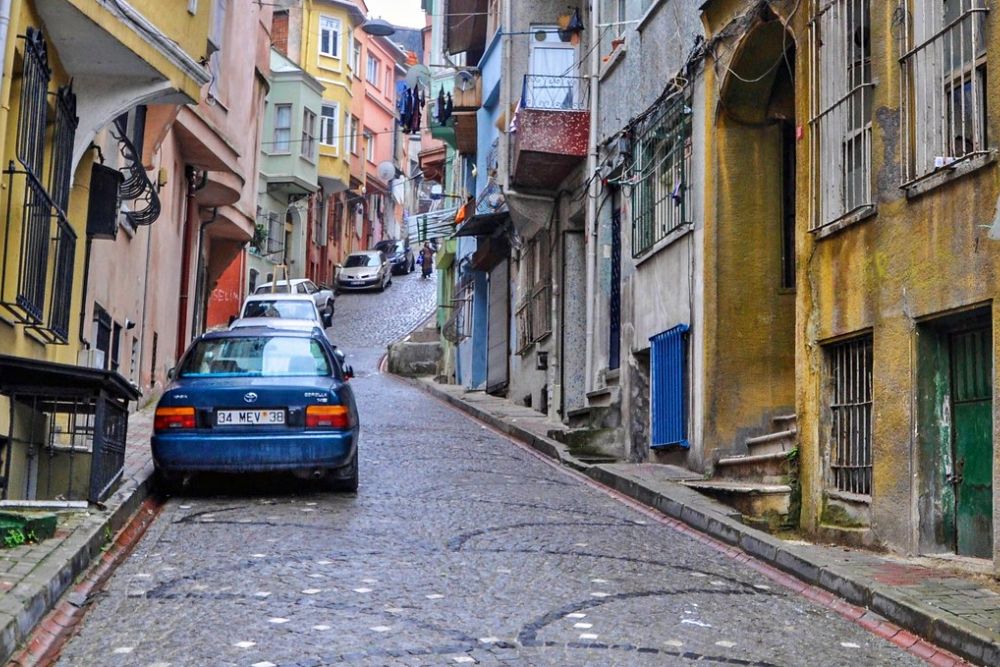
Fener carries the legacy of Istanbul’s Greek Orthodox community, centered around the magnificent Ecumenical Patriarchate that still serves as the spiritual heart of Orthodox Christianity worldwide. The colorful Ottoman houses that line the steep streets create one of the city’s most photogenic neighborhoods, though many buildings need restoration to reclaim their former glory.
This quarter feels quieter than most historic areas, with a contemplative atmosphere that reflects its long role as a religious center. The red brick Fener Greek High School dominates the skyline like a Gothic castle, reminding visitors that this area once hosted one of the empire’s most important educational institutions.
Like Travel Pug’s content? Follow us on MSN.
Balat
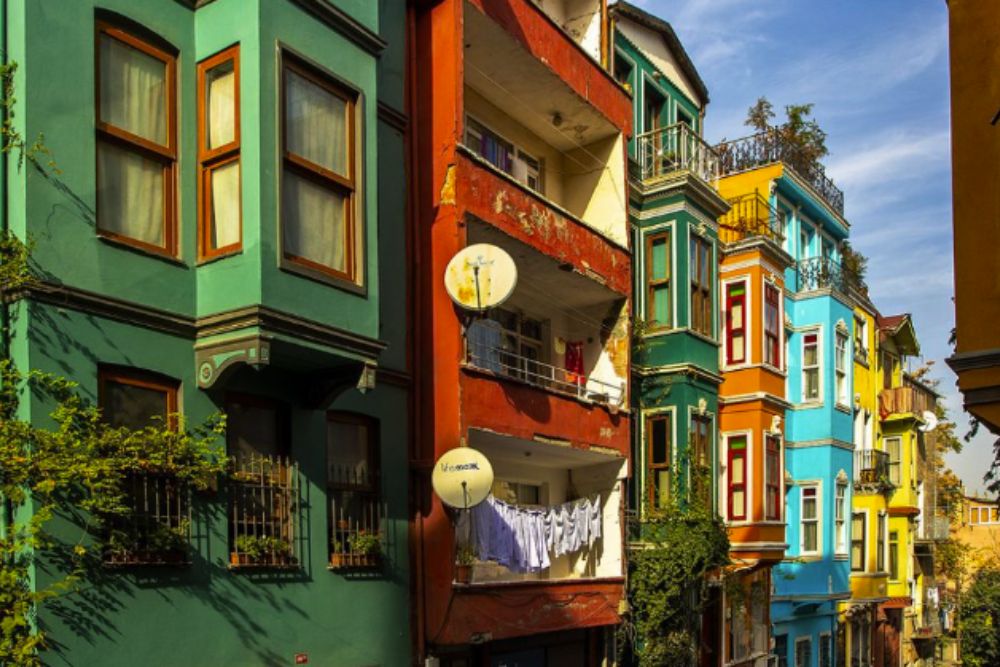
Balat represents one of Istanbul’s most successful neighborhood revivals, where careful restoration has brought new life to centuries-old streets without destroying their authentic character. This former Jewish quarter showcases some of the city’s most beautiful vernacular architecture, with colorful houses climbing the hillside like a rainbow made of stone and wood.
The area has become popular with younger residents who appreciate both the historic charm and relatively affordable rents compared to other central neighborhoods. Local cafes and small shops have opened alongside traditional businesses, creating a perfect balance between preservation and progress.
Fatih

Fatih encompasses the historic heart of old Constantinople, where the city’s most important mosques and Islamic institutions create a deeply spiritual atmosphere. The Fatih Mosque complex serves as the neighborhood’s centerpiece, built on the site where the Hagia Sophia once stood during Byzantine times.
This quarter maintains a more traditional character than many other historic areas, with residents going about their daily lives much as their ancestors did centuries ago. The Wednesday market brings energy and color to the streets, while the numerous madrasas and religious schools remind visitors of the area’s role as a center of Islamic learning.
Eminönü
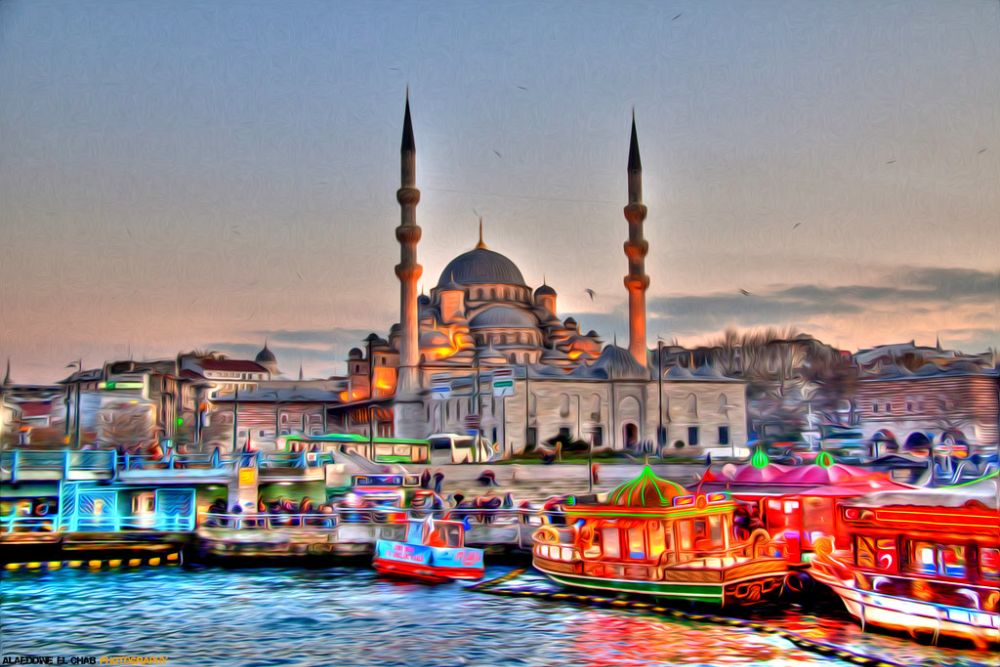
Eminönü functions as Istanbul’s commercial heart, where the Grand Bazaar and Spice Bazaar create a shopping experience that has remained essentially unchanged for centuries. The area buzzes with constant activity as ferries dock at the Golden Horn, bringing passengers from across the city to this central hub.
Street vendors sell everything from fresh fish sandwiches to tourist souvenirs, while the call to prayer from nearby mosques adds a spiritual dimension to the commercial chaos. This quarter proves that some places become even more authentic when they embrace their role as tourist destinations rather than fighting against it.
Like Travel Pug’s content? Follow us on MSN.
Cibali
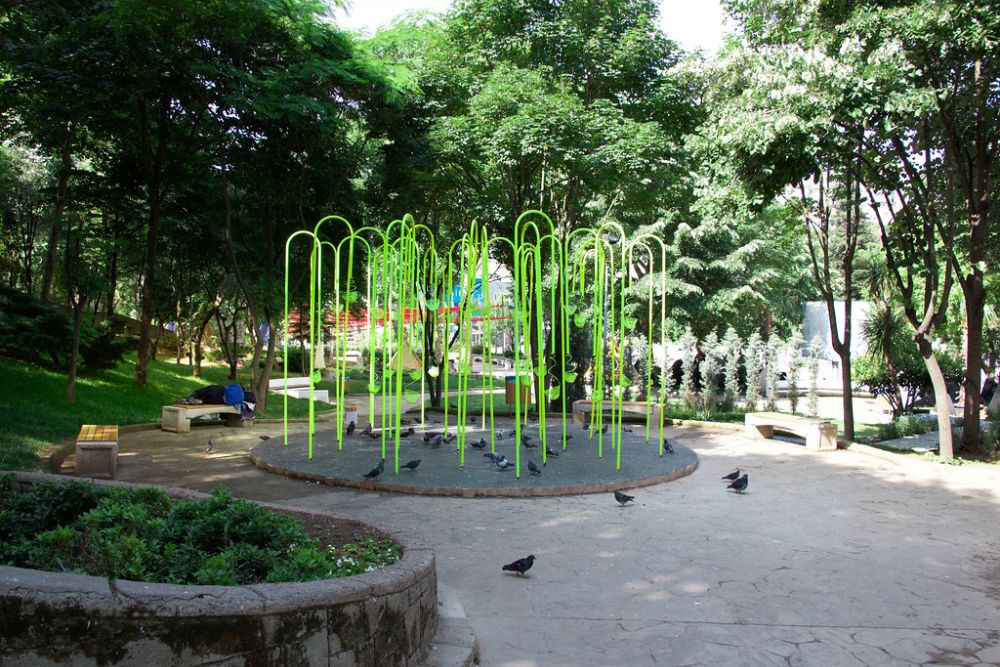
Cibali stretches along the Golden Horn waterfront, offering a glimpse of how Istanbul’s industrial heritage can blend with residential life. The old tobacco factory has been converted into a university campus, showing how historic buildings can find new purposes while keeping their original character.
This neighborhood feels more like a small town than part of a major city, with local residents who have lived here for generations creating a strong sense of community. The waterfront promenade provides peaceful walks with views across to the Asian side, making it a favorite spot for both locals and visitors seeking a break from busier tourist areas.
Ayvansaray
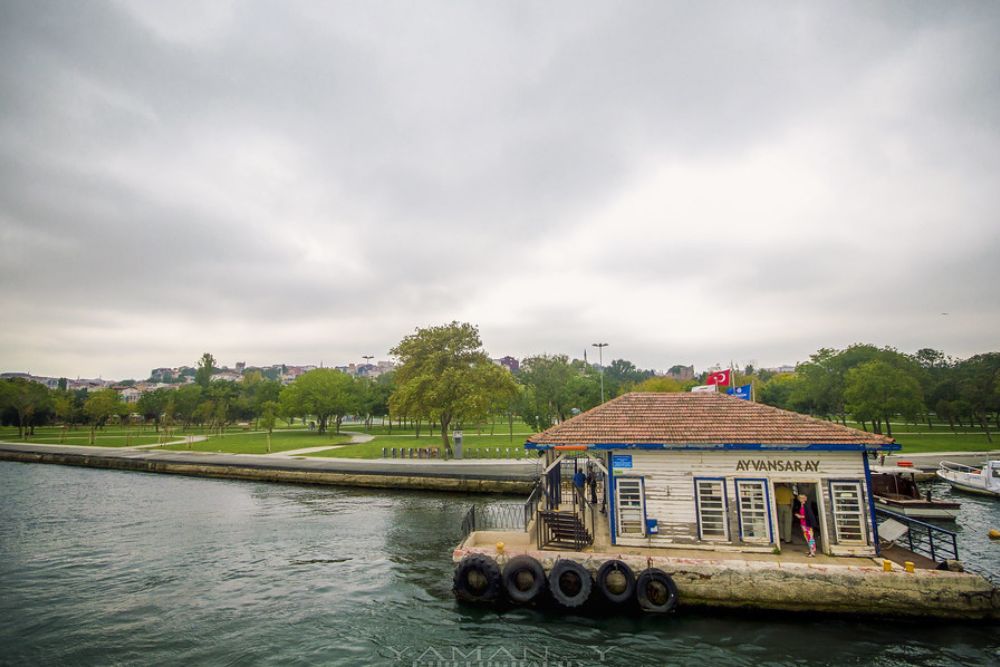
Ayvansaray hugs the ancient city walls, where massive Byzantine fortifications still stand as reminders of Constantinople’s defensive strategies. This quiet residential quarter offers some of the best preserved sections of the historic walls, along with peaceful parks and gardens that make it feel surprisingly rural.
The area has attracted artists and writers who appreciate the combination of historic significance and relative tranquility compared to more central neighborhoods. Local restaurants serve traditional Ottoman cuisine in settings that feel authentically historic rather than artificially recreated for tourists.
Eyüp

Eyüp holds special significance as one of Islam’s holiest sites, where the tomb of the Prophet Muhammad’s companion creates a pilgrimage destination that draws visitors from around the world. The neighborhood radiates outward from the Eyüp Sultan Mosque, with traditional Ottoman houses and religious institutions creating an atmosphere of deep spirituality. The nearby cemetery contains some of the most beautiful Ottoman tombstones and monuments, turning a walk through the area into a lesson in Islamic art and calligraphy. The cable car that connects Eyüp to Pierre Loti Hill offers spectacular views over the Golden Horn and makes this sacred quarter accessible to everyone.
Like Travel Pug’s content? Follow us on MSN.
Hasköy

Hasköy combines industrial heritage with residential charm, where former shipyards and workshops have given way to parks and cultural institutions. The Rahmi M. Koç Museum showcases the area’s connection to maritime history, while the Golden Horn’s waterfront provides space for recreation and relaxation.
This quarter demonstrates how post-industrial neighborhoods can successfully reinvent themselves without losing their essential character. The area attracts families and young professionals who want to live near the city center while enjoying more space and green areas than most historic quarters can offer.
Kasımpaşa

Kasımpaşa maintains its reputation as a working-class neighborhood where authentic Istanbul life continues relatively unchanged by tourism or gentrification. The area has strong connections to the Ottoman navy, with several historic buildings and monuments commemorating its maritime heritage.
Local markets, traditional coffee houses, and family-run restaurants create an atmosphere that feels genuinely local rather than designed for visitors. This quarter offers visitors a chance to experience how ordinary Istanbul residents live, work, and socialize in neighborhoods that have kept their original character intact.
Karagümrük
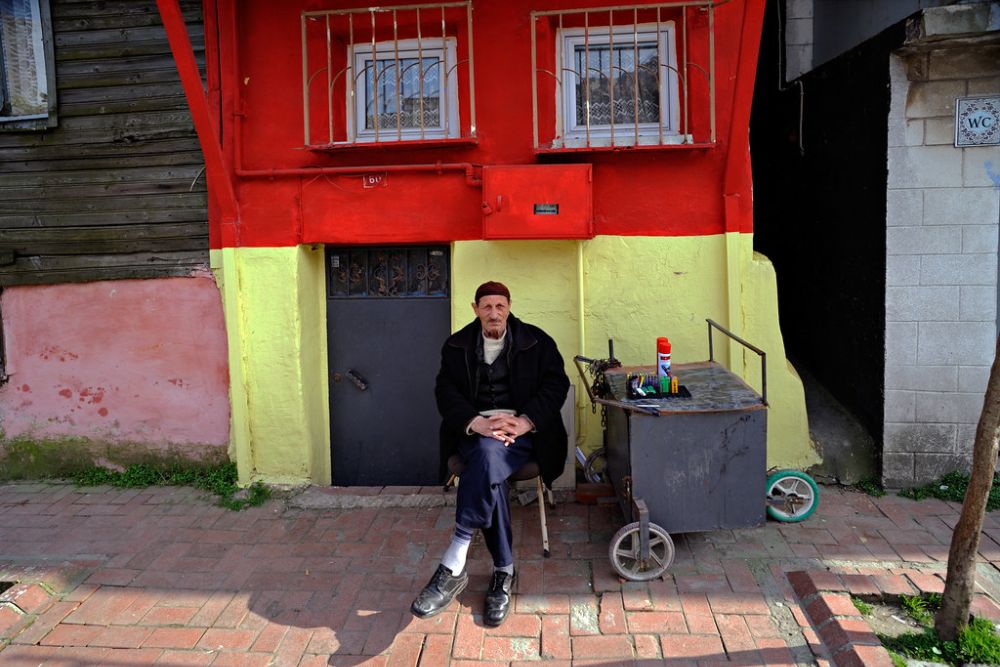
Karagümrük blends residential life with small-scale commerce, creating a neighborhood that feels both historic and thoroughly modern. The area’s narrow streets and traditional architecture provide a perfect backdrop for local life, while small businesses and workshops maintain the quarter’s connection to Istanbul’s artisan traditions.
This neighborhood has managed to avoid both complete gentrification and urban decay, finding a middle path that keeps it affordable for local families while attracting some newcomers. The local football team gives residents something to rally around, creating the kind of community spirit that makes neighborhoods feel like home rather than just places to live.
Like Travel Pug’s content? Follow us on MSN.
Zeyrek
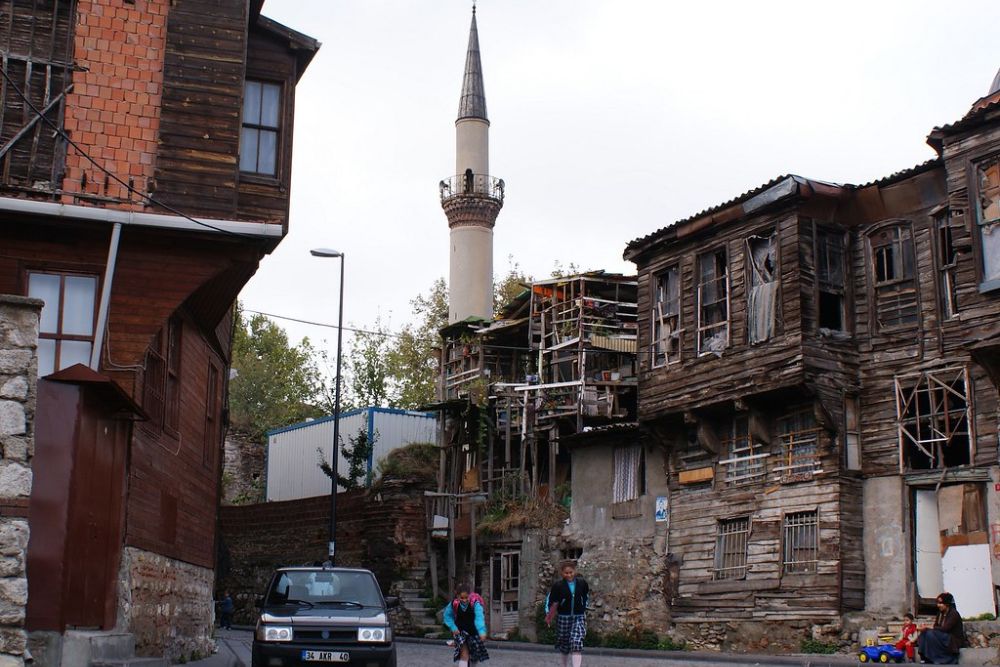
Zeyrek centers around one of Istanbul’s most important Byzantine monuments, the Zeyrek Mosque, which was originally the Pantokrator Monastery. This neighborhood showcases some of the city’s best preserved Ottoman residential architecture, with wooden houses and traditional courtyards creating an intimate, village-like atmosphere.
The area has benefited from careful restoration projects that have brought new life to historic buildings while respecting their original character. Local residents take pride in their neighborhood’s architectural heritage, often welcoming visitors who show genuine interest in the area’s history and culture.
Samatya

Samatya has served as home to various religious communities throughout its history, creating a neighborhood where churches, mosques, and synagogues exist side by side. The area’s multicultural heritage remains visible in its architecture, with different religious buildings reflecting the various communities that have called this quarter home.
This neighborhood feels more residential than many other historic areas, with local families creating a strong sense of community that welcomes newcomers while maintaining traditional values. The nearby sea walls and waterfront areas provide peaceful spaces for recreation and reflection, making Samatya a neighborhood where history and daily life blend seamlessly together.
Where Ancient Streets Meet Modern Dreams
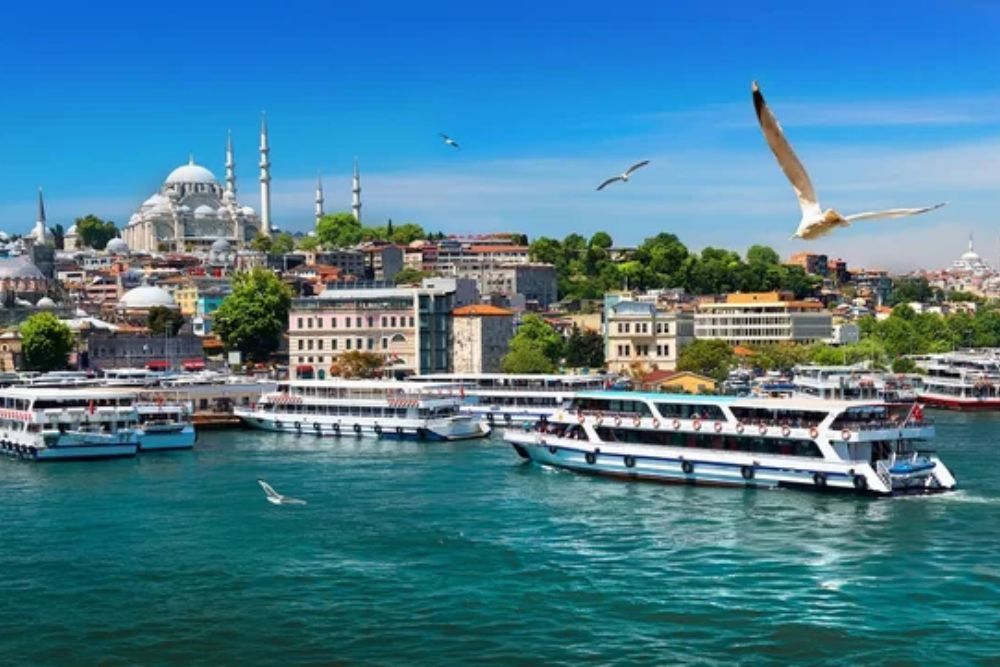
These sixteen quarters prove that Istanbul’s European side isn’t just a collection of tourist sites — it’s a living city where millions of people continue writing history every day. Each neighborhood has found its own way to balance preservation with progress, whether through careful restoration, adaptive reuse of historic buildings, or simply maintaining the kind of authentic community life that makes places special.
The beauty of these areas lies not just in their monuments and architecture, but in how they demonstrate that historic neighborhoods can remain vibrant and relevant for new generations. Walking through these streets today, you’re not just seeing history — you’re participating in the ongoing story of one of the world’s great cities.
More from Travel Pug

- 20 Best Beach Towns in the Carolinas
- 13 Destinations Where Tourists Regularly Regret Their Trip
- 20 Things You Actually Get in First Class
- 20 Small Airports With Aviation Museums
- 20 Places in the U.S. That Are Perfect for a Reset Trip
Like Travel Pug’s content? Follow us on MSN.
